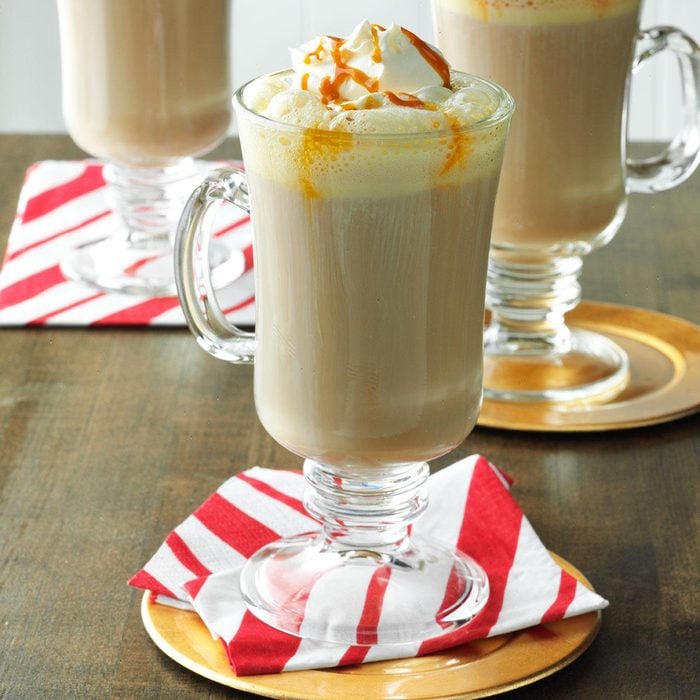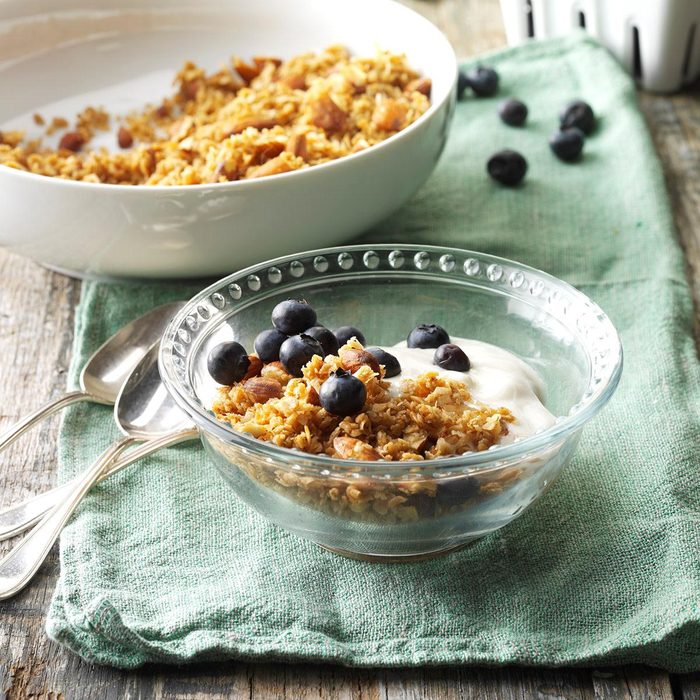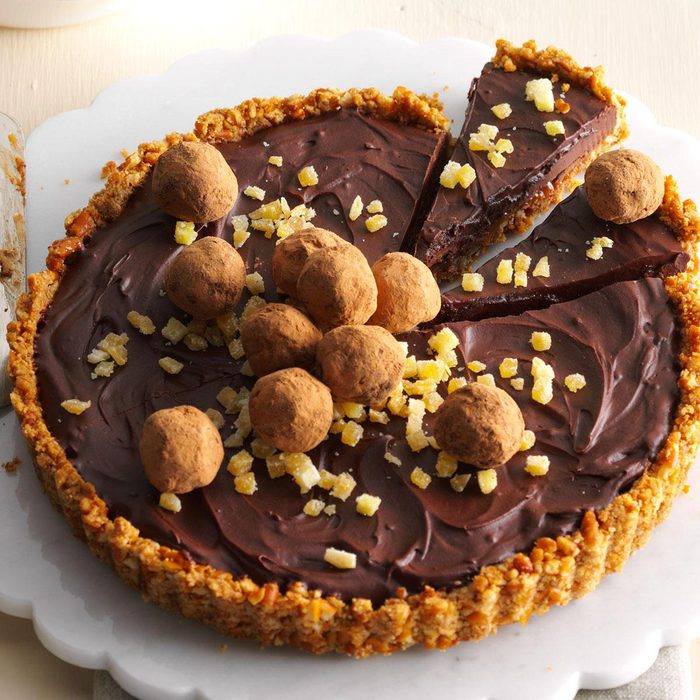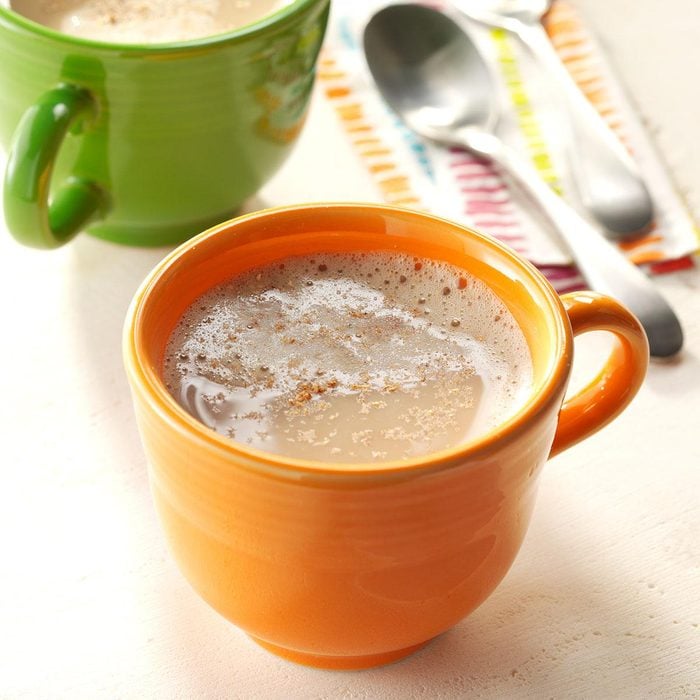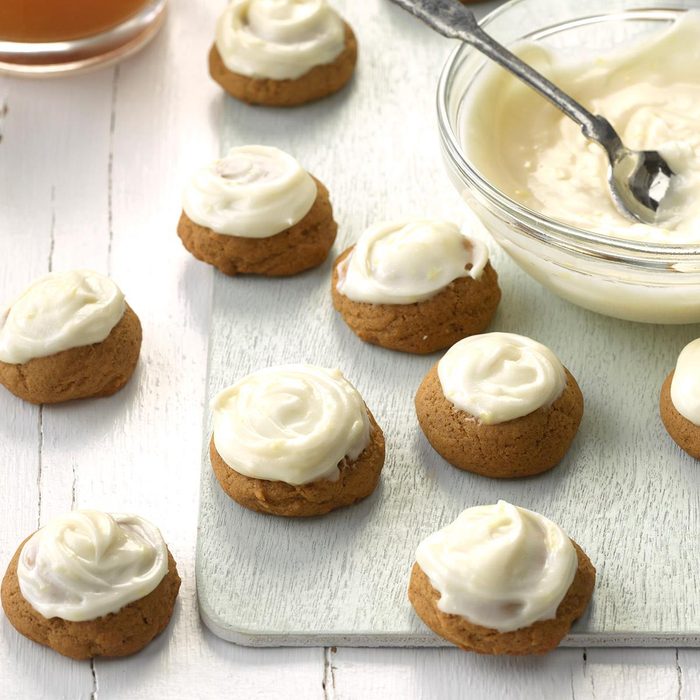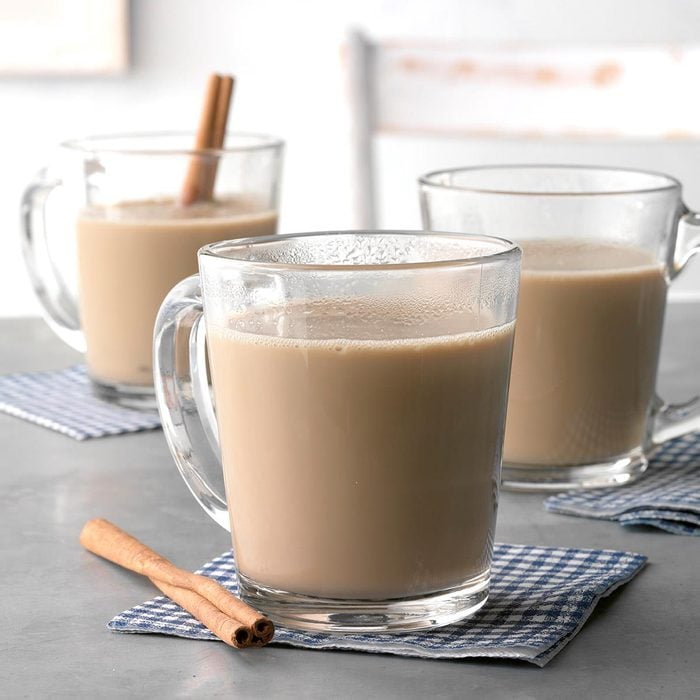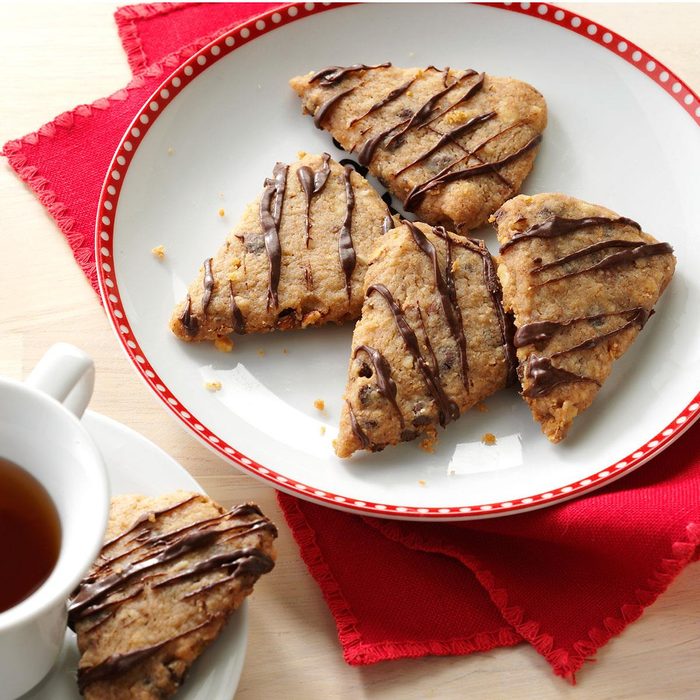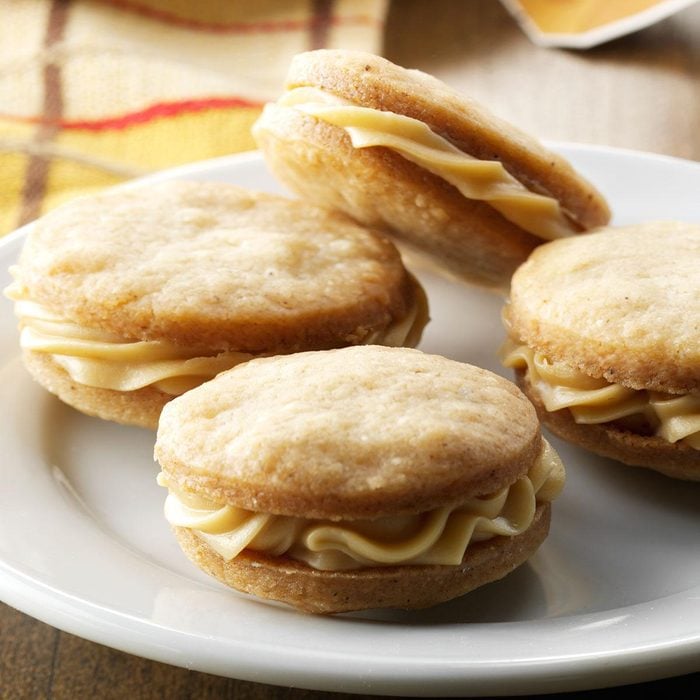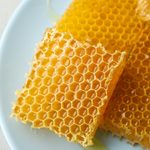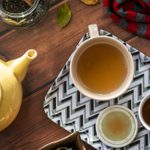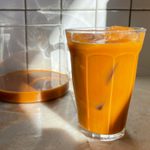What Is Chai Tea, Anyway?

Wondering what *is* chai tea? You're not alone. We're breaking it down for you, from its health benefits to a tasty chai tea recipe you can make at home!
Oh, how I love chai tea. When I was growing up, my mom, sister and I would brew up chai tea lattes in the morning before school, each dolloped with whipped cream. A piping-hot chai still holds a special place in my heart. It’s one of my favorite fall drinks and my go-to coffee shop copycat recipe.
Over the years, I’ve come to realize that besides its incredible taste, traditional chai tea has multiple health benefits! Now, it’s my turn to get you hooked.
What is chai tea?
Originating in India nearly 5,000 years ago, chai has been loved by many. Legend has it that chai didn’t originally contain tea leaves, milk or sugar when it was first created. It was only comprised of a mix of spices native to India and was used for Ayurveda, an all-natural Indian healing practice. (Fun fact: “chai” means tea, so when you say “chai tea,” you’re really saying “tea tea.”)
Flash-forward to the 1600s when black tea leaves were discovered in China. Once the tea leaf, known as Camellia sinensis assamica, made its way to India, the chai recipe we know and love today was created.
Today, chai tea is a brewed black tea prepared with multiple aromatic spices like ginger and cardamom, milk and sugar. This blend gives chai its full-bodied, spice-filled flavor and creamy mouthfeel.
Looking for a nostalgic tea? Make sure you check out this sun tea that is brewed in a warm place, such as in the summer sun or on a kitchen counter.
What’s the difference between chai tea and a chai tea latte?
Spoiler alert: they’re not the same. Many American cafes use the names interchangeably, but they’re not one in the same. Their differences lie in taste and preparation. Chai tea lattes are a whole lot sweeter than a traditional chai tea (read on for the recipe).
A chai tea latte usually contains added sugar and, depending on how you make it, can include a cream or sweetener and non-traditional spices that give it its super sweet taste. To top it all off (literally), chai tea lattes are typically served with a dollop of whipped cream, the way my mom did when I was a kid.
Traditional chai, on the other hand, relies on its traditional spices, milk and sugar to give it its flavor. As far as preparation goes, chai is typically brewed with warm milk whereas chai tea lattes are prepared with frothed milk, like a traditional cafe latte.
What are the health benefits of chai tea?
Besides being oh-so-tasty, traditional chai has numerous health benefits. On its own, black tea has multiple health benefits, like reducing cholesterol and enhancing overall heart health.
When you make it a chai, the benefits increase. Chai may help lower blood pressure (thanks to the cinnamon), fight skin cancer (courtesy of the cardamom), and much more.
How to Make Chai Tea
It’s definitely cozy, but this authentic chai tea recipe is perfect at any time of year.
Ingredients
- 4 whole cloves
- 2 whole peppercorns
- 4 tea bags
- 4 teaspoons sugar
- 1/4 teaspoon ground ginger
- 1 cinnamon stick (3 inches)
- 2-1/2 cups boiling water
- 2 cups milk
Directions
Place cloves and peppercorns in a large bowl; with the end of a wooden spoon handle, crush spices until aromas are released. Add the tea bags, sugar, ginger, cinnamon stick and boiling water. Cover and steep for 6 minutes. Meanwhile, in a small saucepan, heat the milk. Strain tea, discarding spices and tea bags. Stir in hot milk. Pour into mugs.
Looking for more ways to bring chai into your life? Simmer a yummy slow-cooker chai recipe. Or try a chai-inspired treat like warm chai snickerdoodle cookies or a crumbly chai granola.

